Fiddle Leaf Fig Care: The Ultimate Guide to Thriving Ficus Lyrata
Let’s be real – the Fiddle Leaf Fig is the superstar of houseplants that can make even the most novice plant parent feel like a total green thumb or send them into a panic of plant-related anxiety.
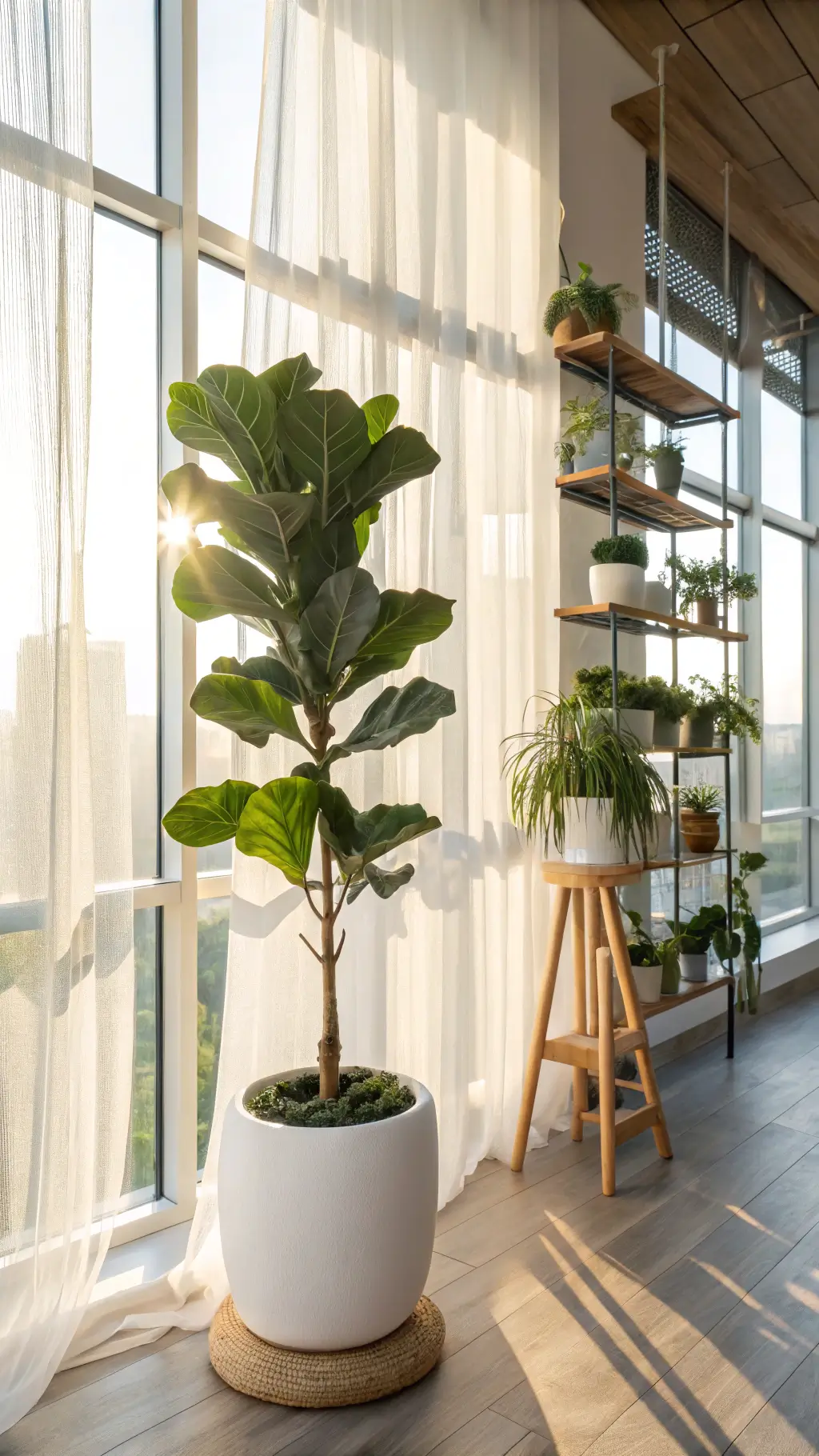
Why Fiddle Leaf Figs Are Worth the Effort
I’ve killed my fair share of houseplants, but the Fiddle Leaf Fig (Ficus lyrata) is different. It’s the dramatic diva of the plant world – beautiful, temperamental, and absolutely worth every ounce of attention you can give it.
Mastering Fiddle Leaf Fig Light Requirements
Lighting is everything for these prima donna plants.
- Bright, indirect light is the sweet spot
- Place near a window with filtered sunlight
- Pro Tip: Rotate your plant every 1-2 weeks for even growth
- Avoid direct sunlight – it’ll burn those gorgeous leaves faster than you can say “plant emergency”
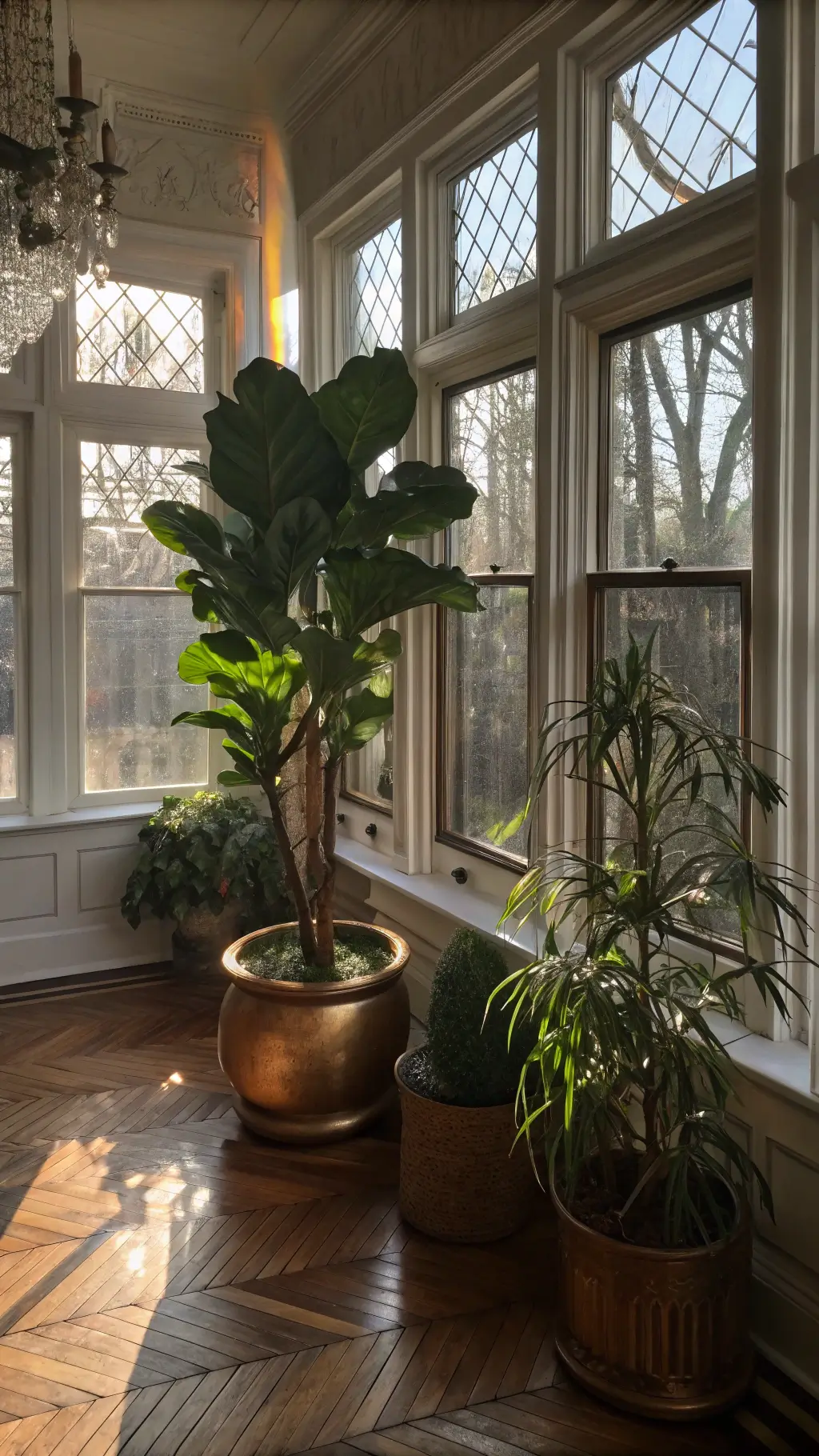
What Happens if Lighting Goes Wrong?
- Too little light: Stunted growth, pale leaves
- Too much direct light: Scorched, brown leaf edges
- Perfect light: Vibrant, glossy green leaves that look like they’re straight out of a design magazine
The Tricky Art of Watering Your Fiddle Leaf Fig
Water is where most plant parents go wrong. It’s like walking a tightrope – too much, and you’re looking at root rot. Too little, and your plant becomes a crispy mess.
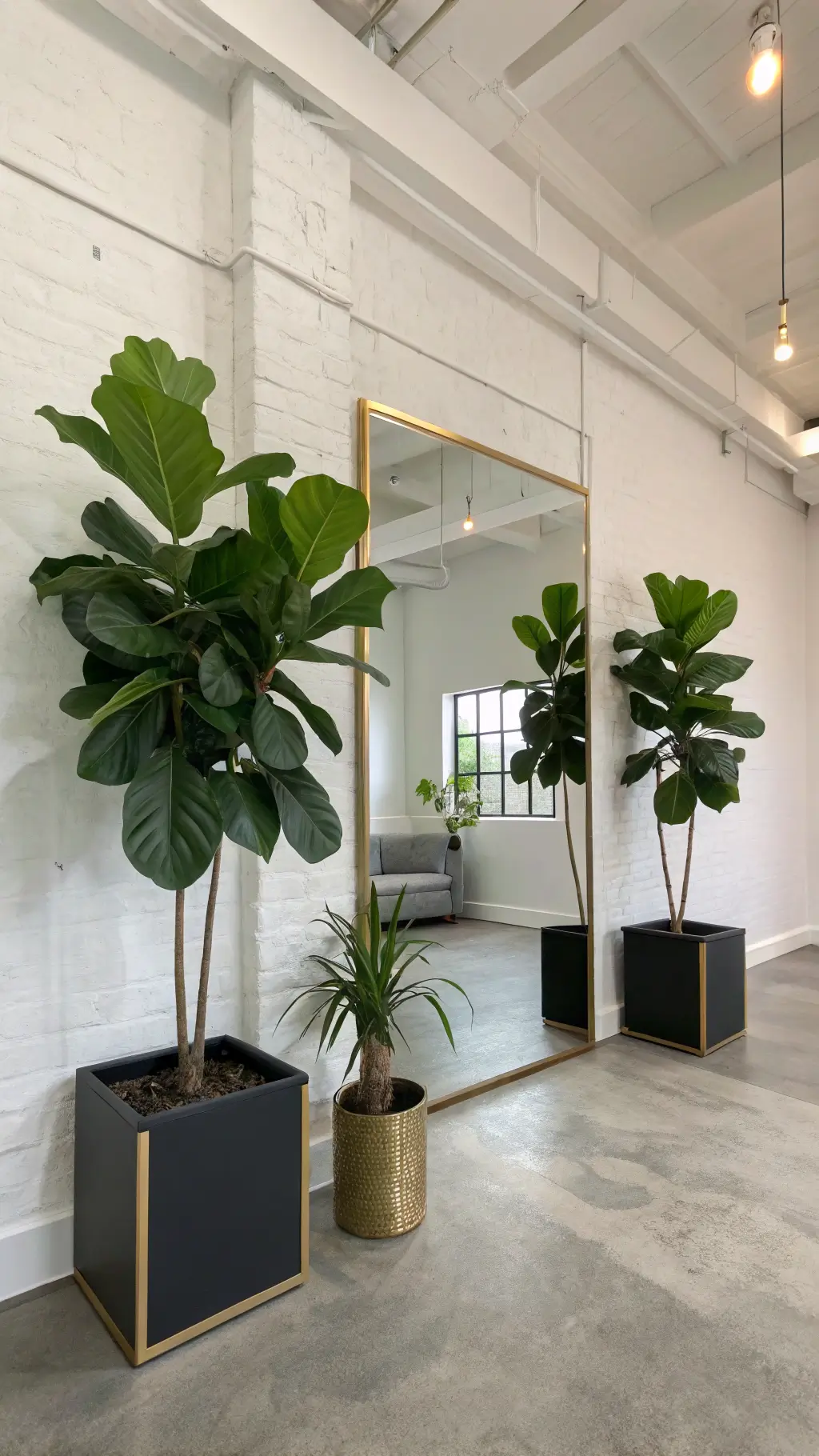
Watering Golden Rules:
- Water once a week
- Check the top 2-3 inches of soil
- Let it dry out between waterings
- Use room temperature water
- Warning: Overwatering is the number one plant killer!
Humidity: Your Plant’s Secret Weapon
Fiddle Leaf Figs are basically tropical drama queens that love moisture.
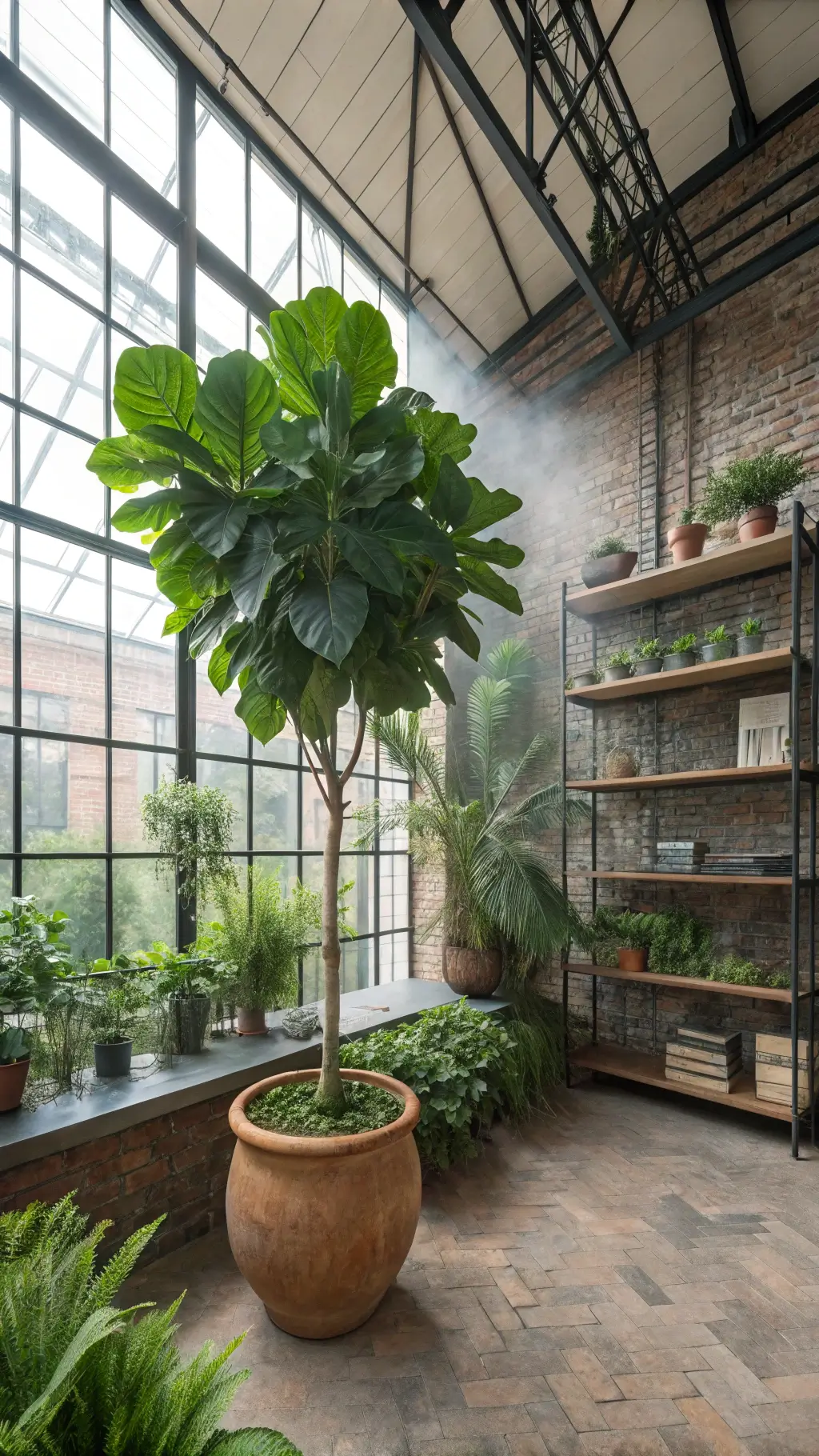
Humidity Hacks:
- Mist leaves every few days
- Use a humidity tray
- Consider a small humidifier
- Aim for 40-60% humidity
Temperature: Keeping Your Plant Comfortable
- Ideal temperature range: 65-85°F (18-30°C)
- Avoid cold drafts
- No sudden temperature changes
- Keep away from air conditioning and heating vents
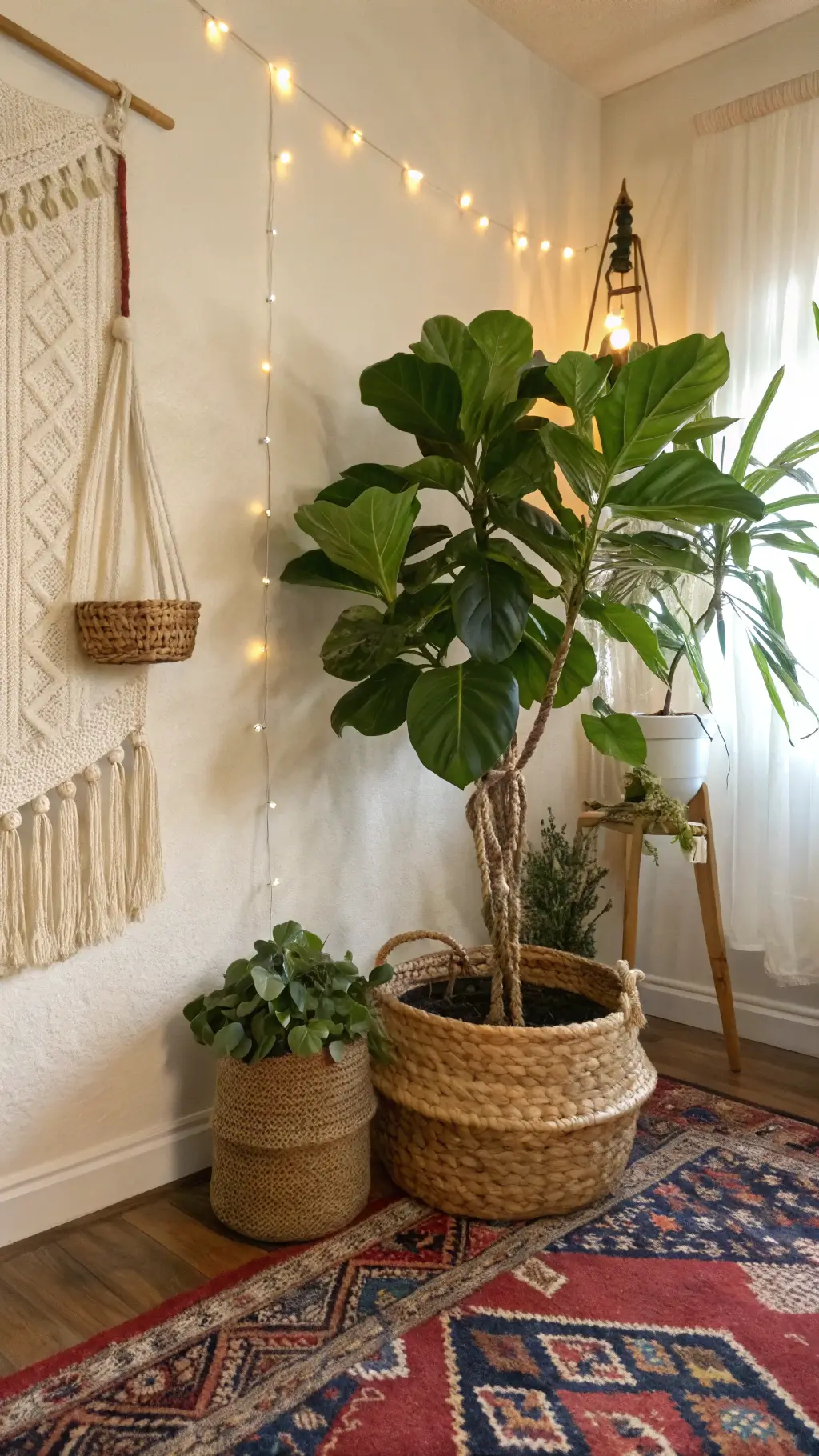
Soil and Nutrition: Feeding Your Green Friend
The Perfect Soil Mix:
- Well-draining potting mix
- Slightly acidic pH
- Rich in organic matter
Fertilizer Strategy:
- Feed biweekly during growing season
- Use a balanced, water-soluble fertilizer
- Dilute to half strength
- Stop fertilizing in winter
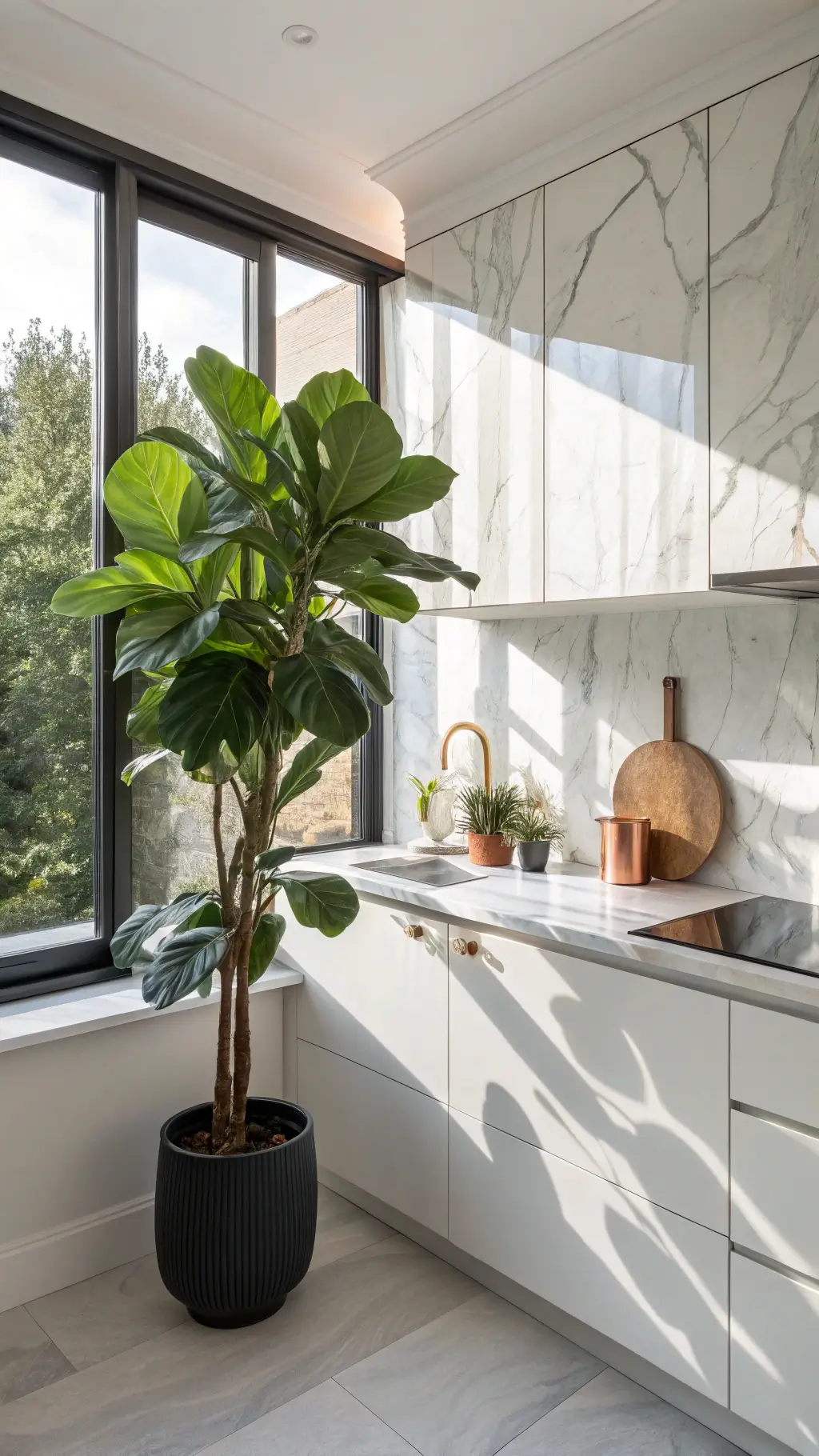
Troubleshooting Common Fiddle Leaf Fig Dramas
Leaf Drop SOS
- Sudden environment changes
- Inconsistent watering
- Insufficient light
- Stress (yes, plants get stressed too!)
Brown Spot Panic
- Usually means overwatering
- Can indicate root rot
- Check drainage
- Adjust watering immediately
Leaf Curling Concerns
- Typically means underwatering
- Plant is seriously thirsty
- Check soil moisture
- Water thoroughly

Maintenance Tips That Actually Work
- Dust leaves monthly
- Prune to control shape
- Repot annually
- Be patient – these plants are sensitive souls
Final Thoughts: You’ve Got This!
Every Fiddle Leaf Fig is unique. Some will be drama queens, others will be low-maintenance superstars. The key is observation, consistency, and a bit of plant parent intuition.
Remember: Your plant is communicating with you. Learn its language, and you’ll have a stunning green companion for years to come.
Pro tip: Take photos of your plant’s progress. It’s not just fun – it helps you track its health and celebrate those green victories!
